One-of-a-Kind Tyrannosaur Fossil Helps Explain Why the T-Rex Was the Top of the Food Chain
Researchers working in Alberta, Canada, came across a one-of-a-kind fossil belonging to a Gorgosaurs libratus, a cousin of the well-known Tyrannosaurus rex dinosaur species.
The recent discovery of these unique tyrannosaur fossils has the potential to revolutionize our understanding of these apex predators and provide valuable insight into their rise to the top of the food chain.
Apex Predators of the Late Cretaceous Period
During the Late Cretaceous period, members of the Tyrannosaur family, including Gorgosaurus and the better-known Tyrannosaurs Rex, were apex predators and lived at the top of the food chain.
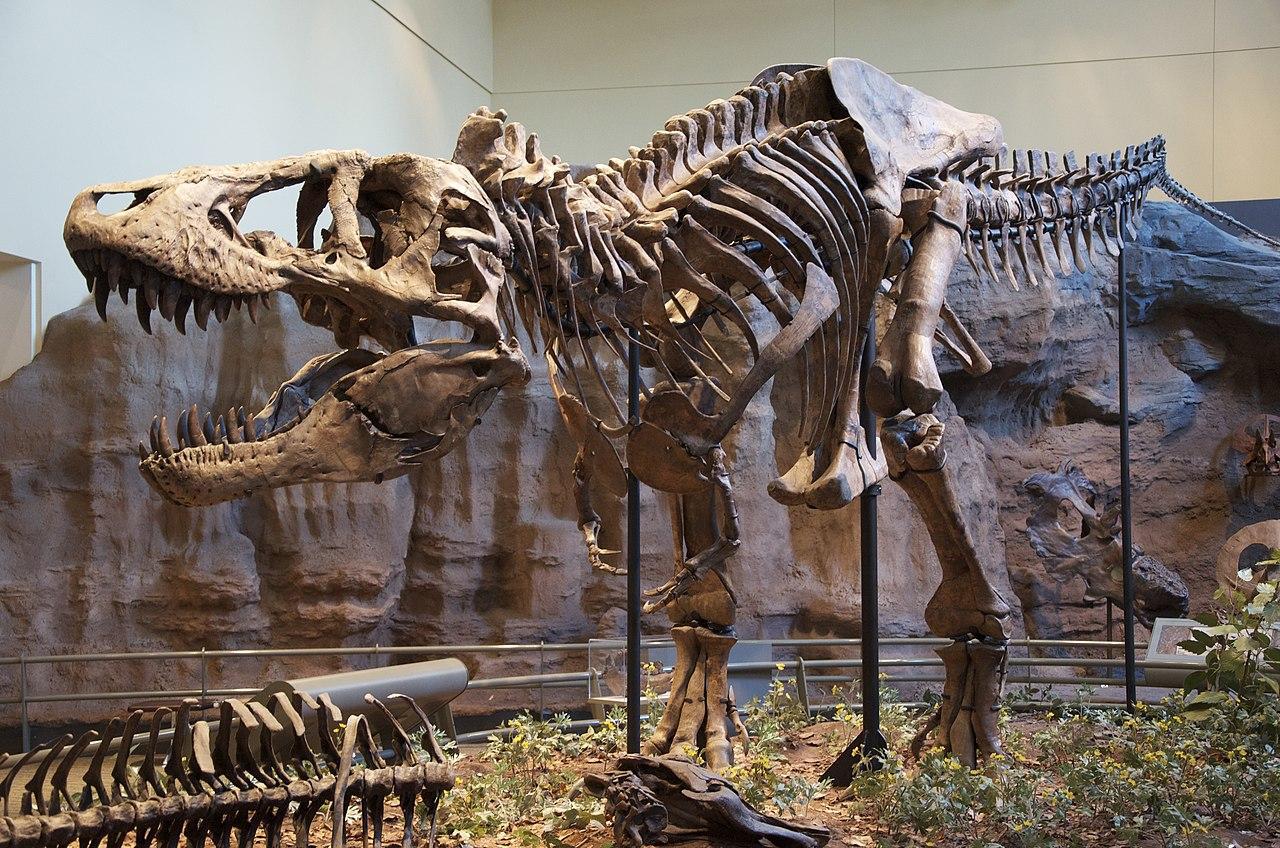
Source: Wikimedia
Evidence suggests these tyrannosaurs generally ate large herbivores. Members of the species could be anywhere from 10 to 13 feet tall and 40 feet long, meaning anything in its sight was often considered prey.
New Study Carried Out on the Remains of a Tyrannosaur
The discovery of a fossilized juvenile tyrannosaur in Alberta, Canada, in 2009, which is thought to be over 75 million years old, may help researchers better understand how these predators rose to the top of the food chain.

Source: Freepik
A new study recently examined the remains of the Gorgosaurs’ libratus and published their results in the journal Science Advances.
Alberta Fossils Shed Light on Habits of Ancient Dinosaur
The recently discovered specimen, underrated in Alberta, is unique for several reasons, one of which is that it contained the fossilized remains of two bird-like dinosaurs in its stomach, a feature that sets it apart from other fossils.
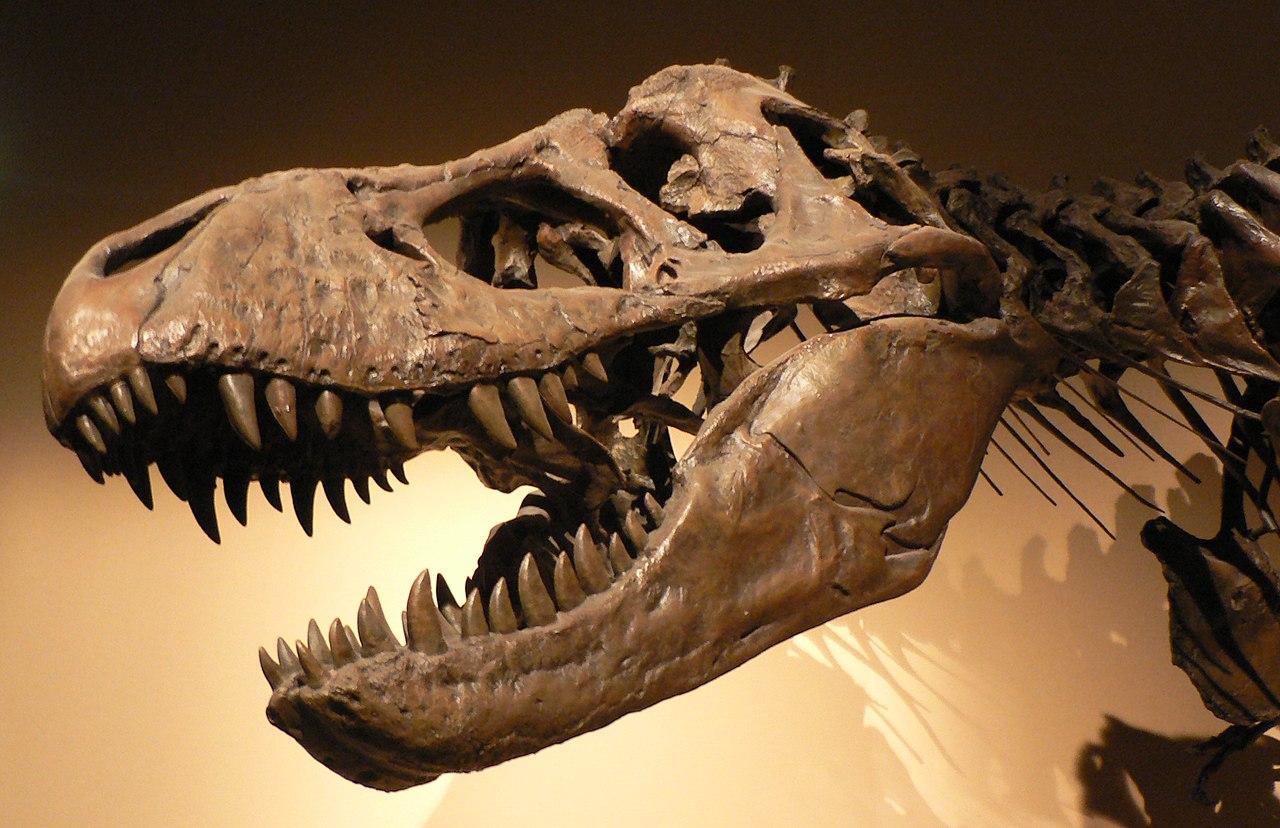
Source: Wikimedia
This allowed scientists to examine the tyrannosaur’s stomach and discern whether there were any differences between the hunting practices of juvenile Gorgosaurs and the adults of the species.
A Rare Discovery
Darla Zelenitsky, the study’s co-author, shared his thoughts on the discovery and highlighted its rarity.
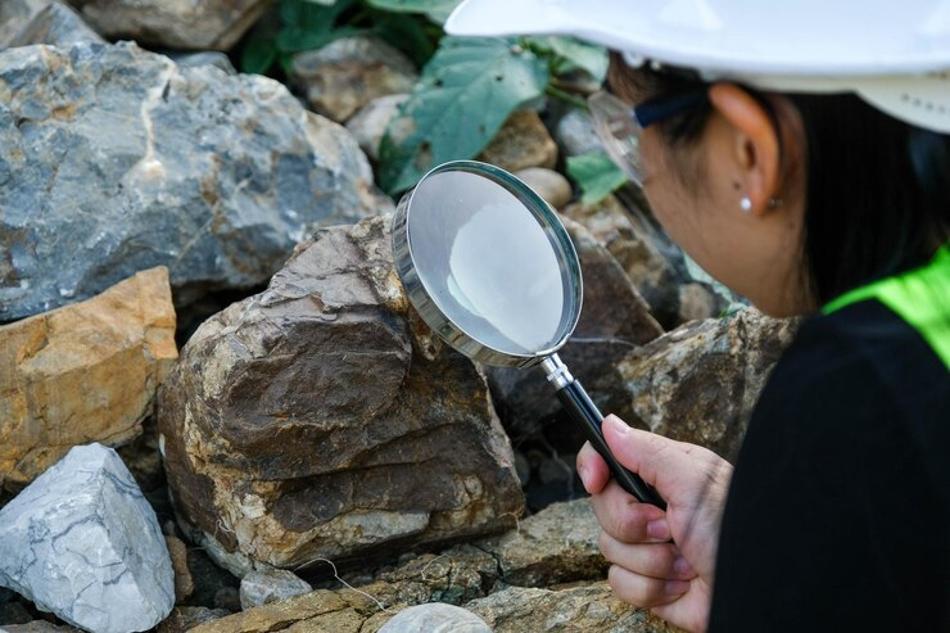
Source: Wikimedia
“This is the first time that such well-preserved stomach contents have been found inside the skeleton of a large species of tyrannosaur,” he said.
700-Pound Predator
After studying the remains of the juvenile dinosaur, researchers determined that the animals weighed a staggering 700 pounds. Despite this enormous weight, they estimate it was only about 10% of the mass of an adult in the species.
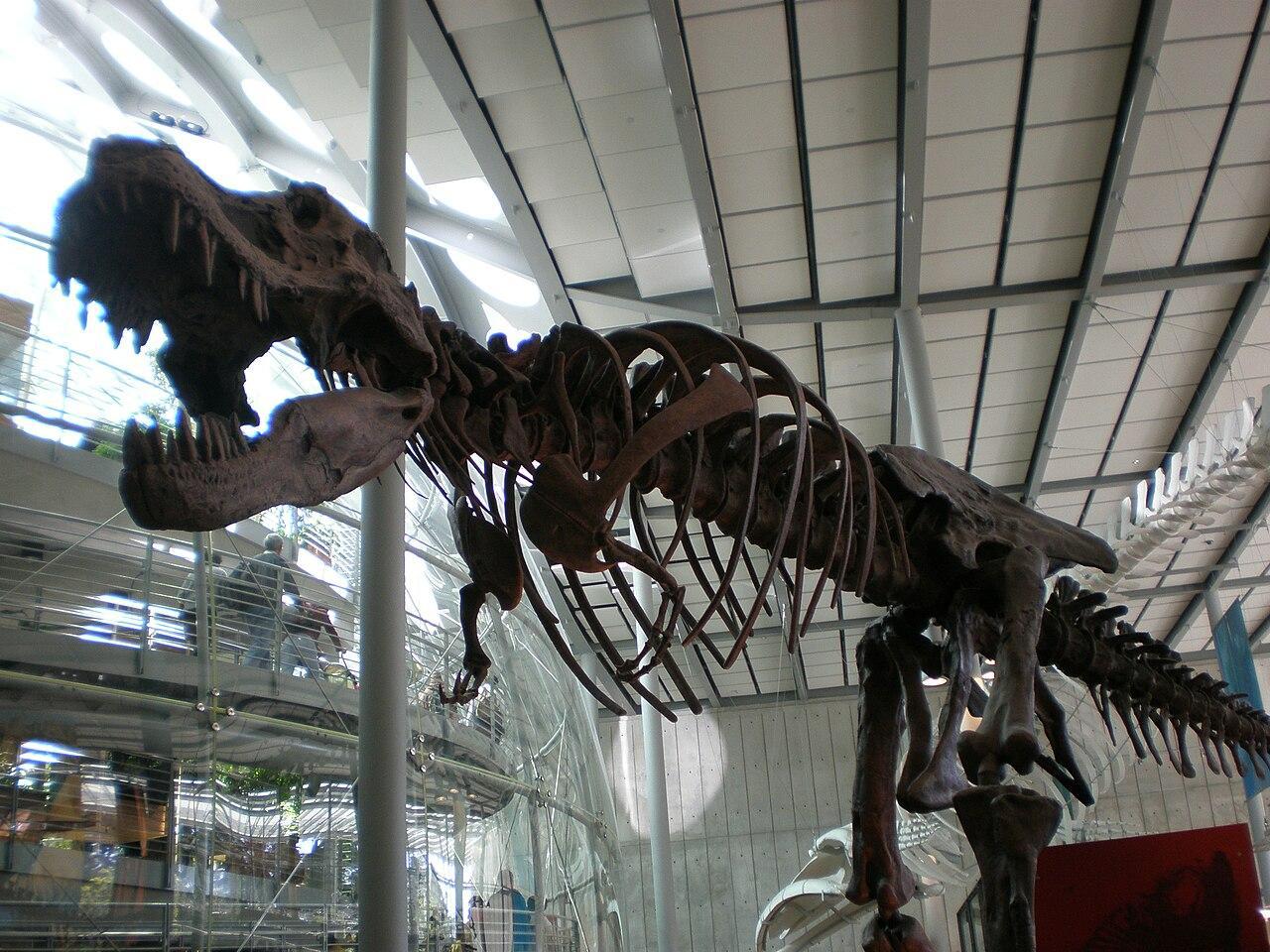
Source: Wikimedia
Reserachers were able to determine the dinosaur died fairly young, most likely between the ages of five and seven.
Did Adult and Juvenile Tyrannosaurs Compete for Food?
Accroding to the study, adult tyrannosaurs and their juvenile relatives didn’t have to compete for food as the young dinosaurs went after smaller prey.

Source: Wikimedia
This was due to their “narrow skulls, blade-like teeth, and long slender hind limbs,” per the researchers.
Adult Tyrannosaurs Can Pursue Much Larger Prey
The adult tyrannosaurs had “massive skulls and large incrassate teeth and were capable of generating bone-crushing bites,” which enabled them to pursue much larger prey.
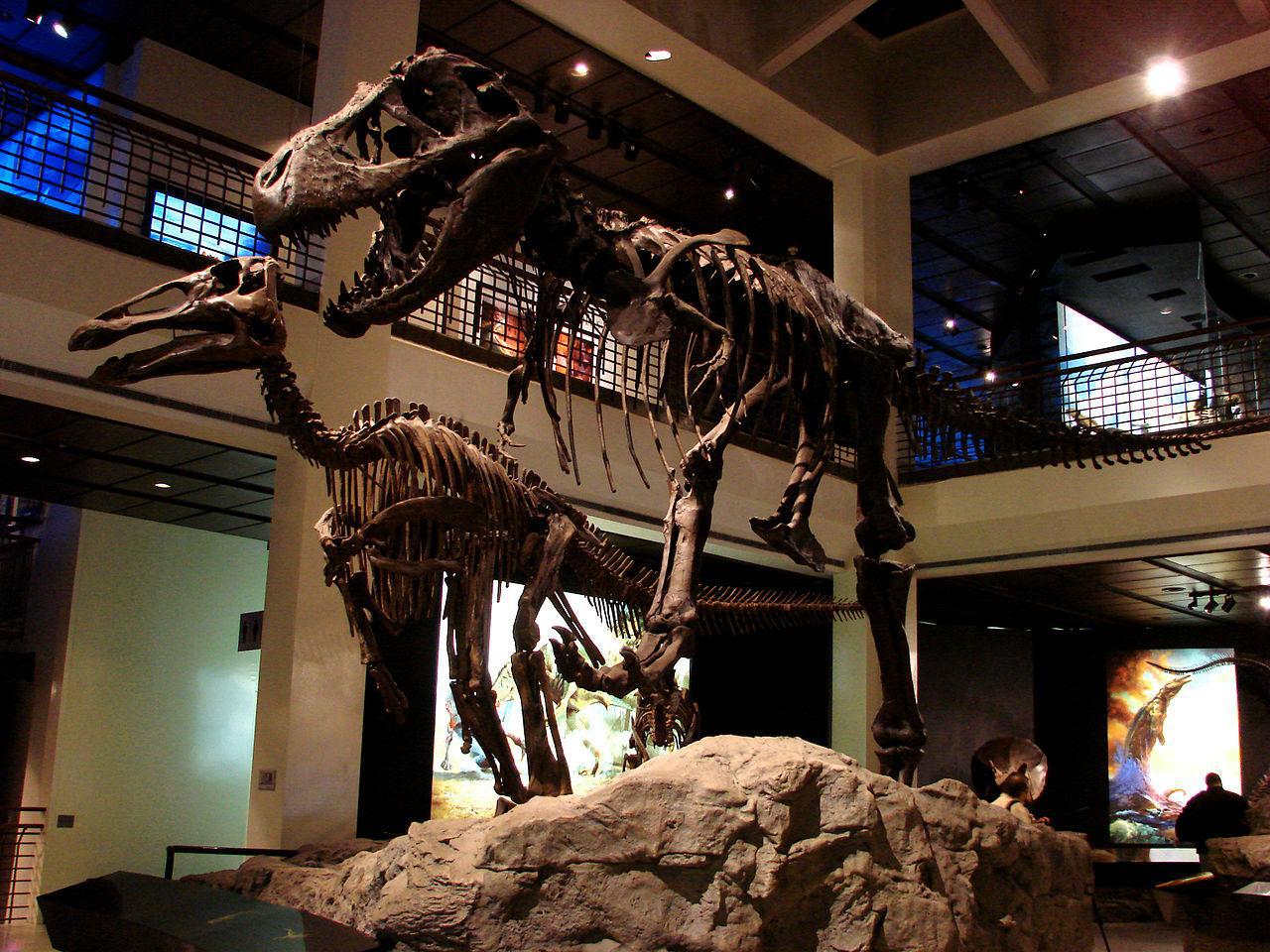
Source: Wikimedia
As the younger members of the species didn’t have to compete with the adults, this “allowed juvenile and adult tyrannosaurids to coexist in the same ecosystem with limited conflict,” which is why they were able to remain at the top of the food chain, said the researchers.
The Keys to the Tyrannosaur's Evolutionary Success
Accroding to the researchers, the lack of competition between adult and juvenile tryansauurs’ played a significant role in their evolutionary success.
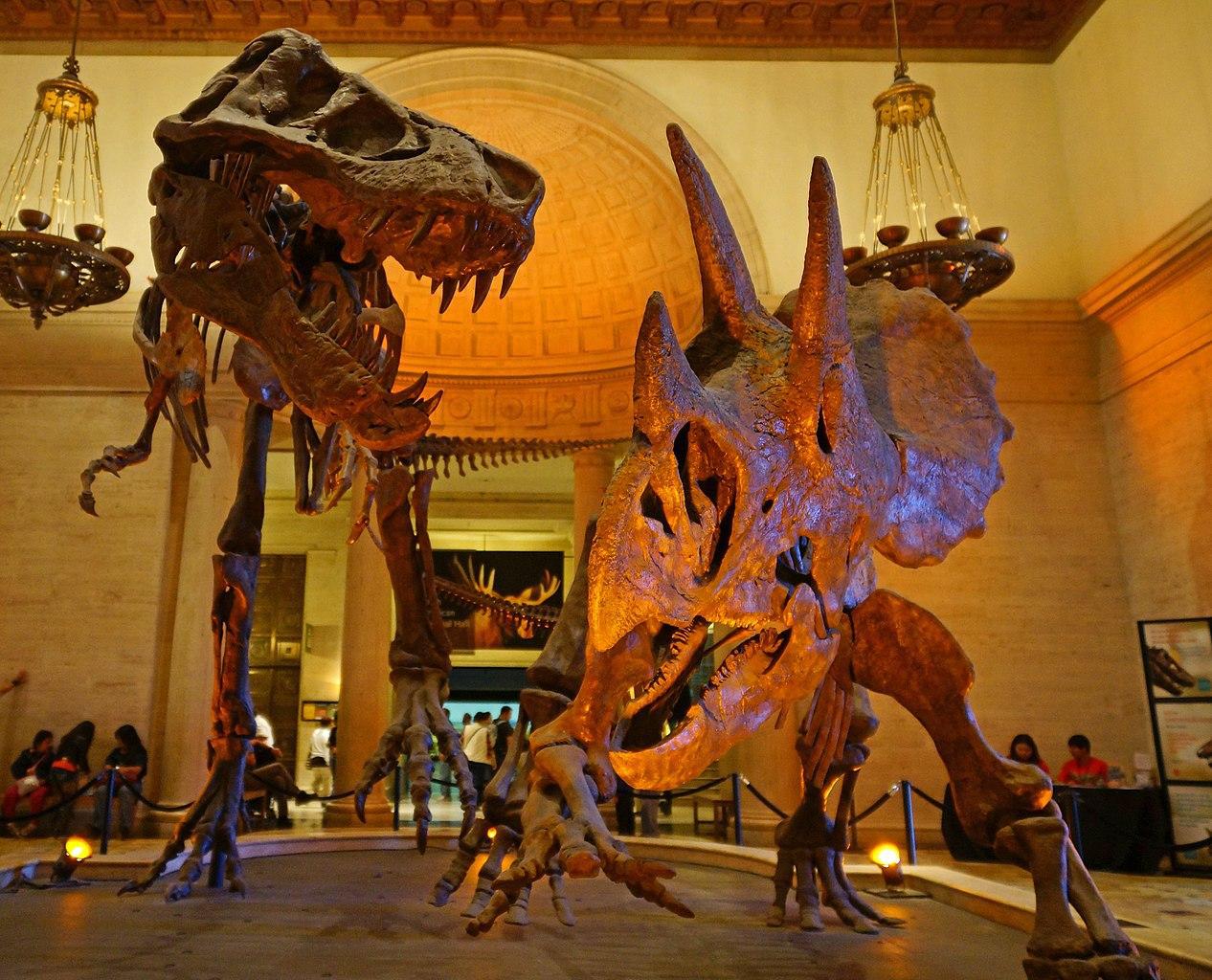
Source: Wikimedia
“Tyrannosaurids occupied both mesopredator and apex predator roles during their life span, a factor that may have been key to their evolutionary success,” the study said.
Tyrannosaurs Loved the Meaty Thighs
While studying the remains of the tyrannosaurs’ stomachs, they noticed the hindlimbs of prey, suggesting that the dinosaur preferred to eat the meaty thighs of its prey.
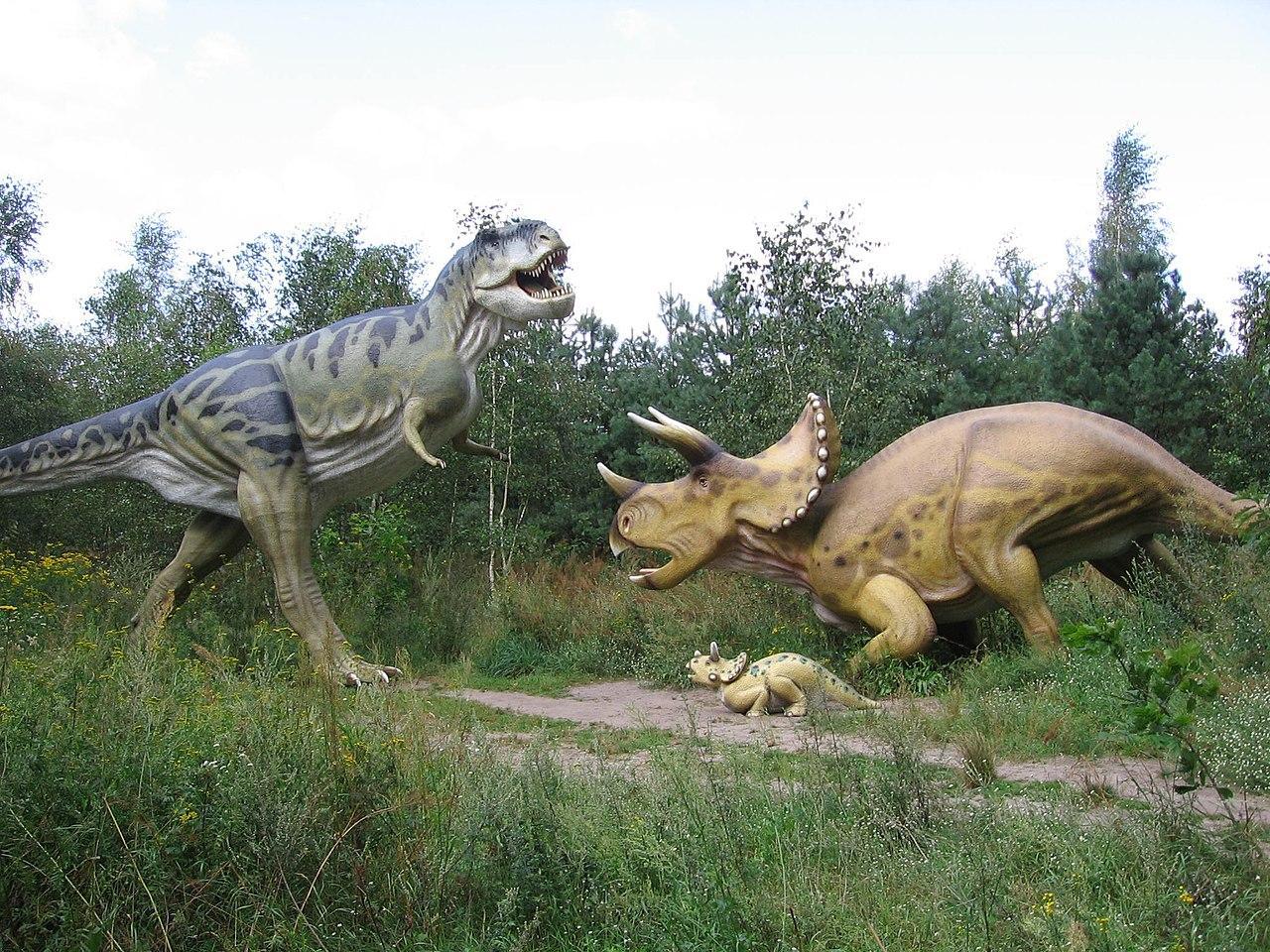
Source: Wikimedia
“The rock within the ribcage was removed to expose what was hidden inside. Lo and behold, the complete hind legs of two baby dinosaurs, both under a year old, were present in its stomach,” wrote study co-author François Therrien.
The Intelligence of the Tyrannosaurs Compared to Orcas
According to the team of researchers, tyrannosaurs had a somewhat picky appetite, a trait that suggests a high level of intelligence and strategic hunting behavior.
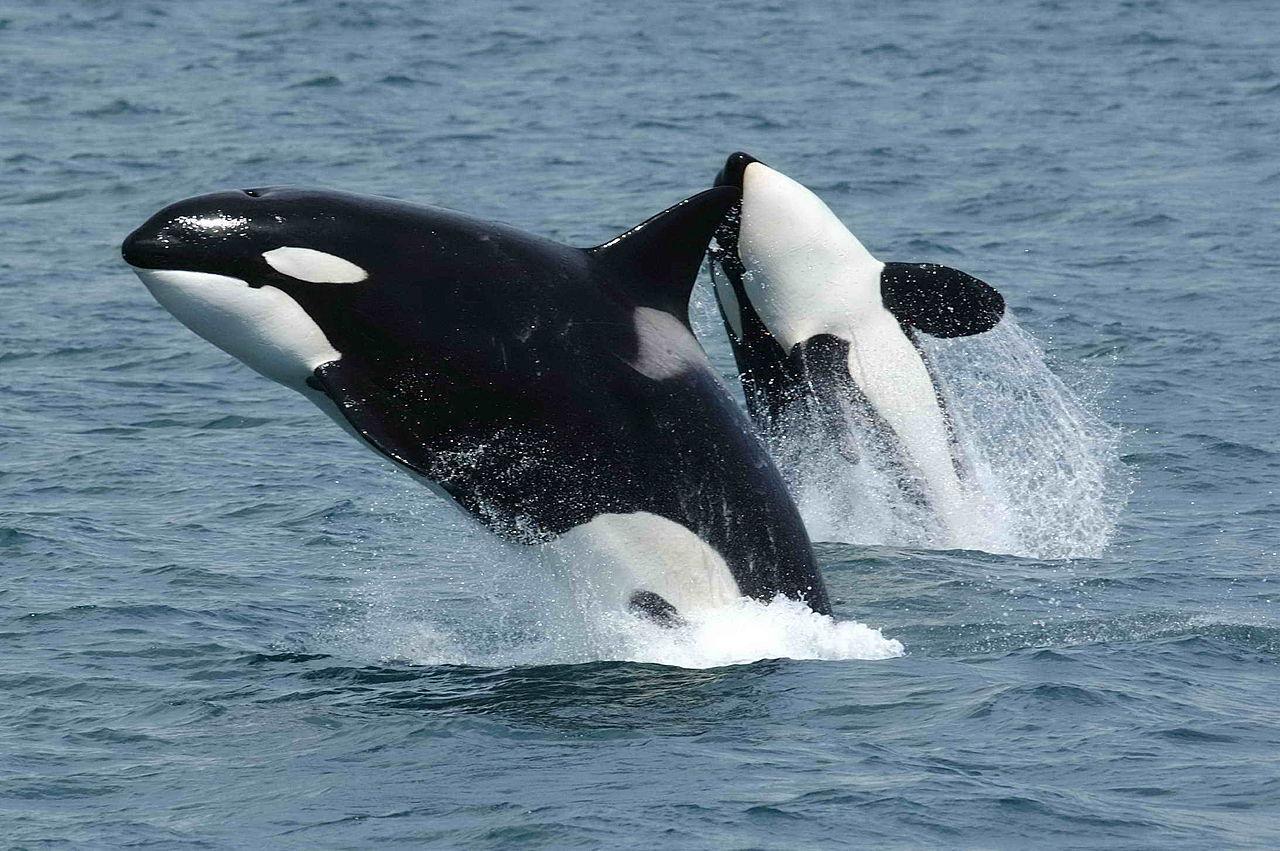
Source: Wikimedia
They compared this particular species of dinosaur with Orcas, which are known for being relatively picky eaters and incredibly intelligent.
The Top of the Food Chain
In conclusion, the researchers suggest that their study proves that members of the tyrannosaur species were intelligent and ruthless predators.

Source: Wikimedia
This combination, alongside the delicate ecosystem that allowed adults and juveniles to hunt for different prey, played a pivotal role in ensuring the apex predators remained at the top of the food chain for millions of years.
